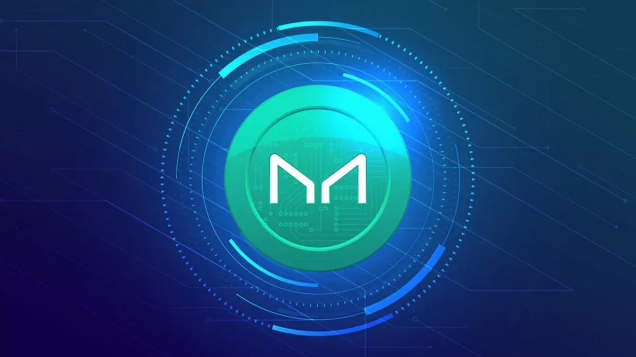
What is Maker Vault?The Maker Vault is a smart contract through which users can deposit approved collateral assets and generate Dai. Users can access the Maker protocol and create vaults through a variety of user interfaces, such as Oasis Borrow and community-built interfaces such as Instadapp, Zerion, MyEtherWallet, and others.
How do I interact with the Maker Vault?
Step 1: Create a vault and lock in collateral
Users first create a vault through the Oasis Borrow portal or other interface and lock in a specific type and amount of collateral. Once funds are deposited, the vault is considered secured.
Step 2: Generate Dai through a secured vault
After the collateral assets are locked into the vault, the vault owner can use any non-custodial cryptocurrency wallet to generate Dai.
Step 3: Pay off debt and pay stabilization fee
To get back some or all of the collateral, the vault owner must repay the Dai generated and pay the stability fee accumulated during the outstanding period.
Step 4: Take out the collateral
After repaying the Dai and paying the stability fee, the vault owner can return the collateral to their own wallet. Once the Dai has been fully repaid and all collateral withdrawn, the vault will be empty, waiting for assets to be locked in again.
The Liquidation of High-Stakes Maker Vaults
To ensure there is sufficient collateral in the Maker protocol to back outstanding debt, any Maker vaults judged to be high risk will be liquidated through an automated auction process. Liquidations are based on comparing the liquidation rate to the vault's current collateral value-to-debt ratio.
Auction process: Through the auction mechanism of the Maker protocol, the system can still liquidate the treasury even if the price information of the collateral cannot be obtained. When liquidating, the Maker protocol will take out the collateral in the liquidated vault and sell it through a market auction mechanism, which is called a collateral auction.
The Dai obtained from the auction is used to repay debts in the vault and liquidation penalties. If the Dai obtained from the auction is sufficient to pay off the debt and pay the liquidation penalty, the remaining collateral will be returned to the vault owner.
Reverse Collateral Auction
If the Dai obtained in the auction exceeds the debt and penalties, the auction will be converted into a reverse collateral auction to reduce the amount of collateral sold as much as possible. The excess is sold through a surplus auction. Bidders use MKR to bid for Dai, and the highest bidder gets it. After the auction ends, the MKR earned will be destroyed, reducing the total supply.
Example of collateral auction: Due to market conditions, the pledge rate of a large-amount treasury fell below the minimum threshold, and the auction liquidator initiated the liquidation process. Assume that 50 ETH enters the auction process, the liquidator uses 5000 Dai to bid for 50 ETH, and the first stage of the auction ends.
In the second stage, the clearing merchant uses 5000 Dai to bid for as little ETH as possible, such as 40 ETH. After the bidding ends, the clearing merchant wins the bid, obtains the collateral, and the auction ends completely.
Through the above steps and auction mechanism, the Maker Vault ensures the stability of the system and the security of user assets.